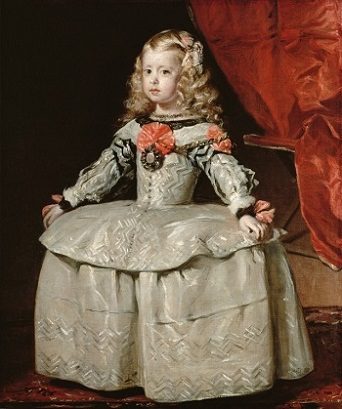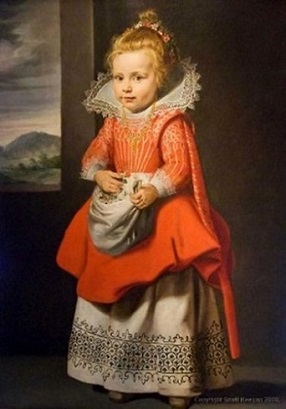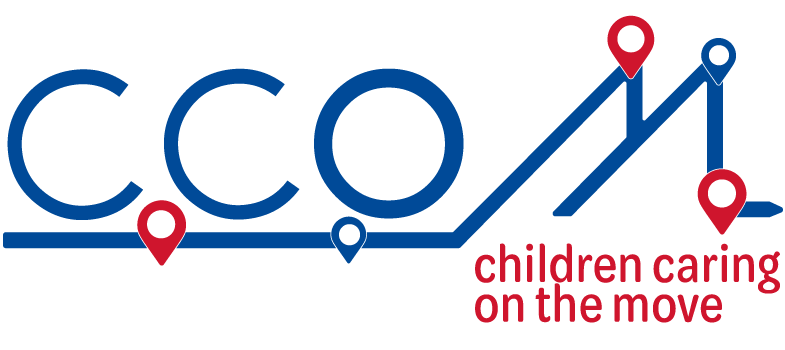3: ‘Care’ and ‘Childhood’
This training program focuses on the care of children and young people, and more specifically, Unaccompanied Asylum-Seeking Children (UASC). When it comes to thinking about ‘care’, the CCoM project argues that it is also important to think about ‘childhood’. These concepts are highly related to each other and help us reflect on our assumptions about the children and young people we work with. First, it might be a useful exercise to think about what childhood means to you.
 Activity 3.1: Thinking about ‘childhood’
Activity 3.1: Thinking about ‘childhood’
Take a couple of minutes to think about what ‘childhood’ means to you. What words spring to mind?
Make some notes in the box below.
Discussion
Some words you might have thought of are: ‘innocence’, ‘play’, ‘school’, ‘friends’, ‘fun’ or ‘protected’.
 Activity 3.2: Changing childhoods across time
Activity 3.2: Changing childhoods across time
Society’s views about how children should be treated, governed and talked about have changed considerably over the centuries (Cox, 2002). Ariès (1962), a history scholar, studied the way children were represented over time through paintings, poems and iconography. Take a look at some paintings and photos of children from different times and circumstances.
- What do you notice about the way the children are depicted?
- What do these illustrations tell you about their lives?
- What can they tell you about how childhoods have changed over time?
Make some notes in the box below.


Figure 3.1a (left) and 3.1b (right): Portraits of children. Left: Portrait of a child by Cornelis de Vos (1584−1651), hanging in Chatsworth House, Derbyshire, England. Right: Portrait of the Infanta Margarita, aged five, 1656, by Diego Velázquez.
Discussion
You may have noticed how children of wealthy families, such as those depicted in Figure 3.1, were once dressed like ‘miniature adults’. Ariès argues that ‘childhood’, as separate from adulthood, only emerged at the end of the Middle Ages in Europe. Even so, children in poorer circumstances entered into the world of work at an early age, a practice that still occurs in many countries around the world.
Within social work practice, it was the Children Act 1989 which was the defining piece of legislation which recognised the centrality of children's rights (as separate to their parents). This is still the key piece of legislation for children's social work.

